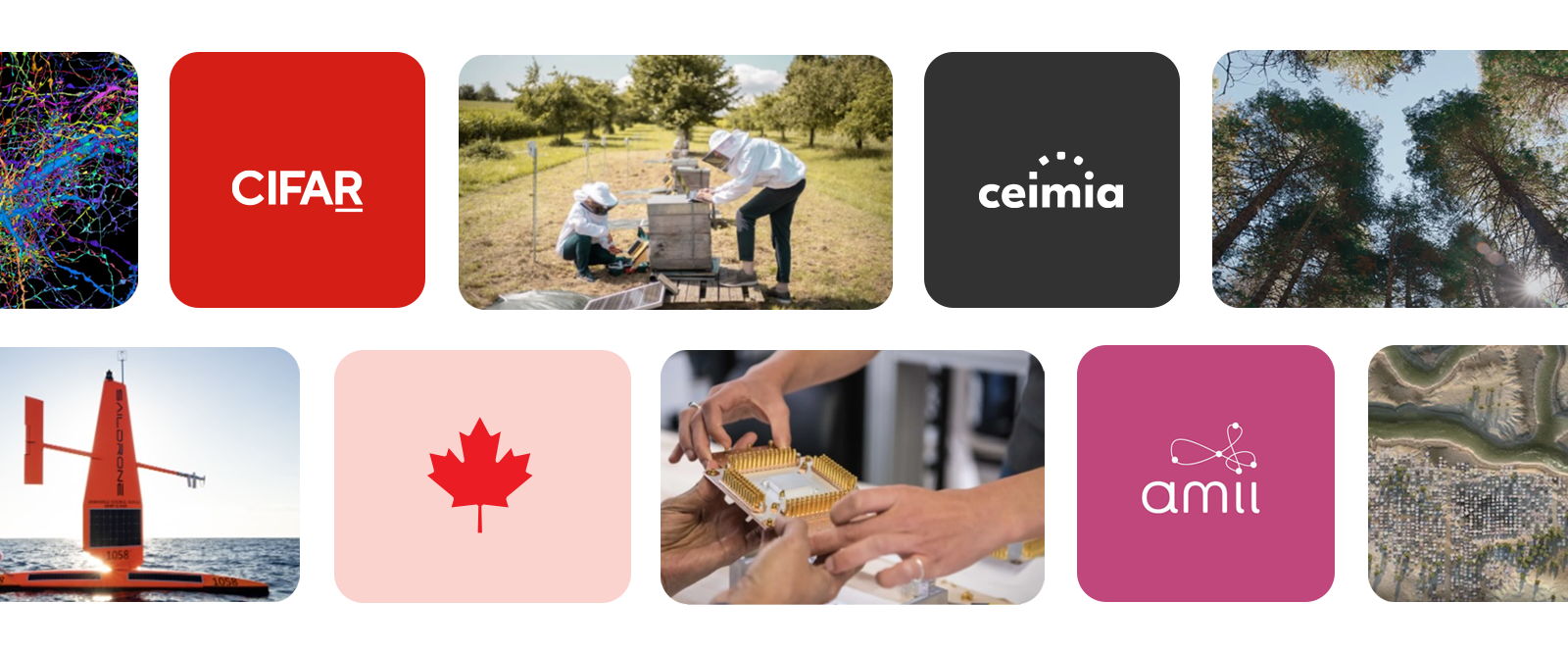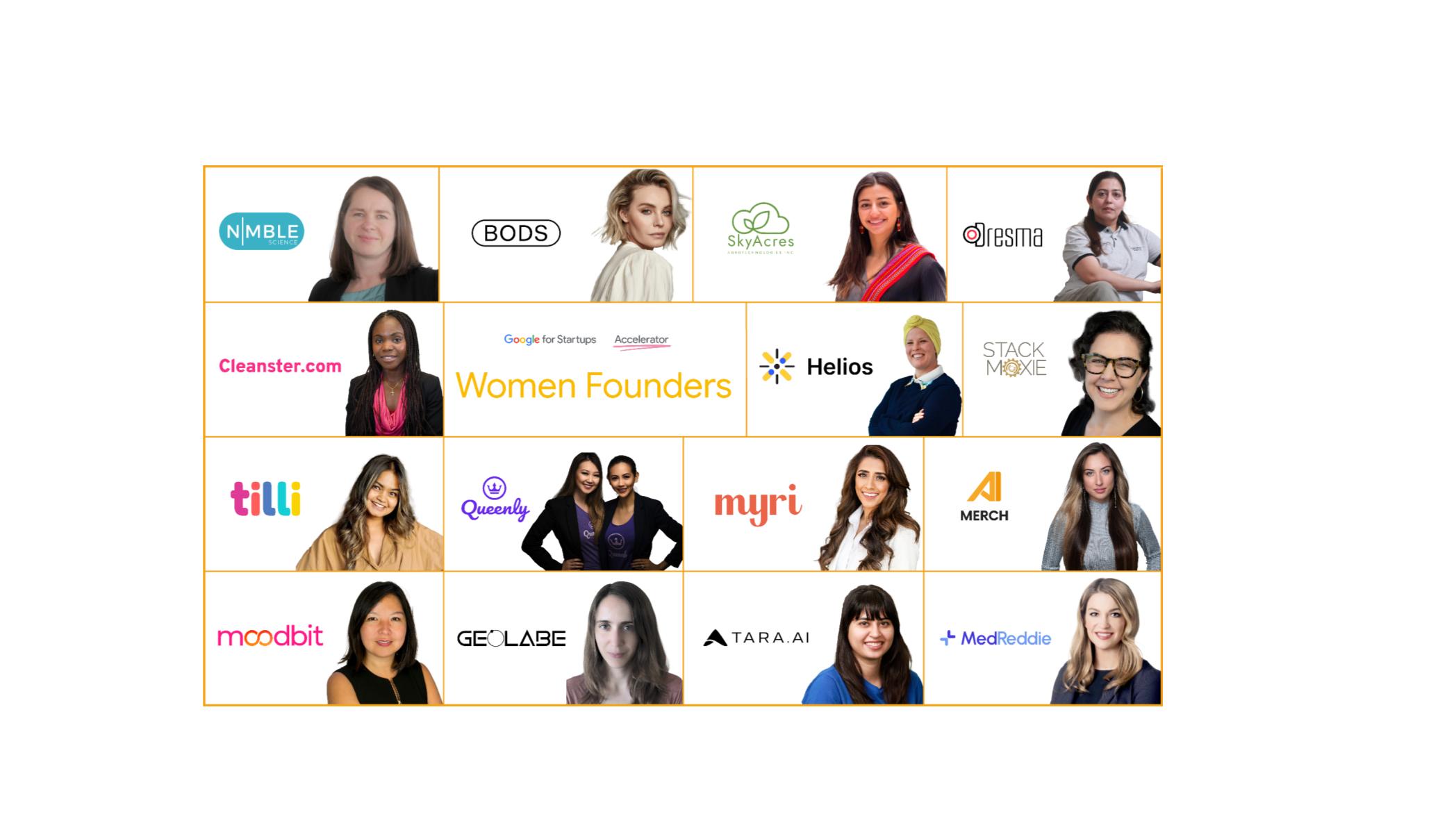Made in Canada: Meet the Waterloo engineering team that’s transforming healthcare service
In a year like no other, our Google Cloud Healthcare and Life Sciences team has worked tirelessly with local and global partners to help them organize their healthcare information and make it secure, accessible, and useful in order to improve global healthcare service.
We sat down with Ilia Tulchinsky, engineering lead for Google Cloud Healthcare and Life Sciences, to tell us a bit more about the work his team has been doing this year.
Let’s start with you - tell us a little about your role at Google and what your team works on
I’ve been at Google for a pretty long time - I started 13 years ago in the Waterloo office, and at that time, the Google presence in Canada was small. Over the years, we built a strong and diverse set of teams, based on the amazing talent in the Waterloo and Toronto area. To this day, these teams work on many key and impactful parts of the global Google technology stack, tackling hard problems in scaled distributed systems, AI, hardware and other areas. With a background in healthcare, I saw an opportunity a few years ago to combine Google’s strength in scaled Cloud platform with AI and analytics to bring meaningful technological improvements to healthcare and life sciences. This started as a passion project supported by what we call a “20% project”- a Google initiative that allows employees to explore speculative and innovative project ideas. This seed of an idea has now turned into a strong team that covers large product development like Cloud APIs, and collaboration with Canadian companies like DNAStack and global industry leaders like Sanofi and The Mayo Clinic.
Our team’s mission is to create a platform that helps healthcare institutions organize their information, and make it accessible, secure, and useful in order to improve the health and healthcare of people and communities globally. That’s pretty broad, but it essentially means to teach cloud computing to speak the language of healthcare. We do this by supporting industry-standard formats, protocols, and open APIs for data interchange, as well as compliance regimes implementations. We’re also developing healthcare-optimized AI capabilities for text, speech, and image processing so that customers can digitally transform and optimize their workflows.
How has the pandemic impacted some of the work your team is doing?
This pandemic has shown us the strong need for actionable data in order to plan healthcare responses and public health approaches. Our team has accelerated work on a few different areas to further support our partners and the industry this year:
- We’ve helped to onboard many research groups onto Google Cloud in order to run disease spread modelling and viral genomics sequencing workloads, leveraging the Cloud Life Sciences API.
- With the increased demand in telehealth, we’re working with partners like Amwell to help bring intelligent healthcare delivery to patients’ homes.
- We’ve also released several offerings to help our customers manage their data and create models that support public health response and policy, including the Cloud Healthcare API, and the recently launched Healthcare Natural Language API.
Tell us about the Healthcare Natural Language API - how is that helpful for healthcare systems?
The Healthcare Natural Language API is essentially an auto-summarizer of medical insights, that helps our customers securely extract structured data and understanding from medical documents. With this tool, hospitals or clinics can better coordinate valuable medical insights that are captured in unstructured text. This can include information like symptoms, conditions, vaccinations or medications that may be overlooked as patients move through their healthcare journeys. With this summarization, we could see measurable outcomes like lowering the likelihood of redundant bloodwork or other tests, reducing operational spending, and improving the patient-doctor experience. It’s also worth noting that most of this work, available to customers all over the world, has been built out of our Waterloo office.
What has been the biggest opportunity for the Google Cloud Healthcare team this year?
This was a year of radical change, but it also created a unique opportunity to ask our customers and partners how technology could be best used to help them improve their own internal processes. For example, we’ve seen increased demand in telehealth and are very excited about our partnership with Amwell to help bring intelligent healthcare delivery to patient homes.
The pandemic also highlighted the importance of timely access to actionable data for planning healthcare response and public health interventions. We’ve worked with multiple major U.S. healthcare providers such as HCA to develop National Response Portal providing real time insights into the COVID-19 spread.
In Canada, a number of research groups and partners like DNAStack have used our Cloud services for running spread modeling and viral genomics sequencing workloads.
You mentioned a lot of this work is happening in Canada. Does this work have a global impact for healthcare?
A lot of this work is being built in Canada, but it’s being used by organizations all over the world. In Brazil, startup Portal Telemedicina uses Google’s machine learning built right here to bring quick and accurate remote diagnosis to life. The Mayo Clinic has leveraged our Healthcare API to enable the storage and interoperability of its clinical data. Examples like this show how our AI is accessible and scalable to companies big and small.





